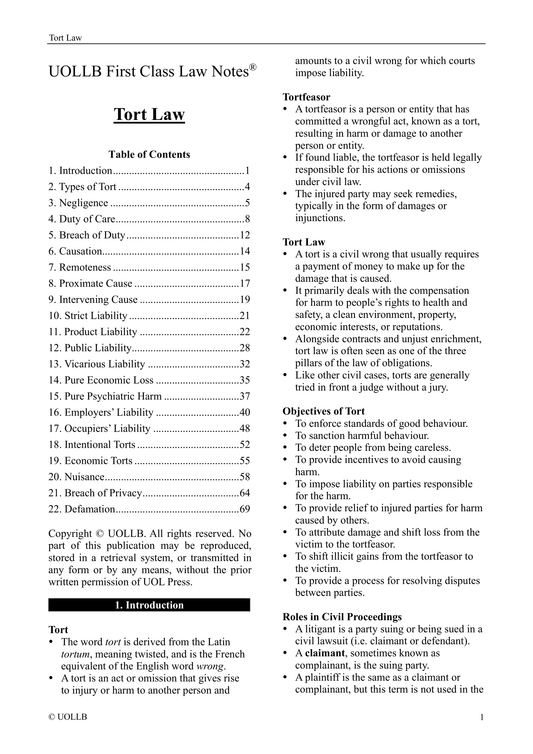Burden of Proof
Share
The burden of proof is a legal concept that refers to the responsibility of a party in a legal proceeding to prove a particular fact or issue. In most legal systems, the party who makes a claim or allegation has the burden of proving it, and if they fail to do so, the claim or allegation will not be accepted.
The burden of proof can be described as the obligation to present sufficient evidence to convince the trier of fact, whether that be a judge or a jury, that the fact or issue being asserted is beyond reasonable doubt in criminal cases and more likely than not true (i.e. the balance of probabilities) in civil cases. The balance of probabilities is known as the preponderance of the evidence in US law, which means that the evidence presented must be more convincing than the evidence presented by the opposing party.
The burden of proof can also be described as a shifting burden, as it may move from one party to another depending on the stage of the proceeding and the evidence presented. For example, in a criminal trial, the prosecution have the initial burden of proving the defendant's guilt beyond a reasonable doubt. If they fail to do so, the defendant is entitled to an acquittal. However, if the prosecution meets this burden and the standard of proof, the burden of proof shifts to the defendant to prove his innocence.
In some cases, the burden of proof may be reversed, meaning that the party who is typically expected to prove a particular fact or issue is relieved of that obligation and the burden shifts to the other party. For example, in cases involving self-defence, the burden of proof may shift to the defendant to prove that he acted in self-defence, rather than the prosecution having to prove that he did not.
The burden of proof is an important concept in legal proceedings, as it helps to ensure that parties are held accountable for their claims and allegations and that decisions are based on reliable and convincing evidence. It is also important to note that the burden of proof may vary depending on the type of case or the jurisdiction in which the proceeding takes place.




























































